The Use of Artificial Intelligence and Machine Learning in Creating a Roadmap Towards a Circular Economy for Plastics
Main Article Content
Abstract
The plastic industry and consumer demand have both exploded since the 1950s. Plastic waste in the ocean has also skyrocketed, growing by a factor of 10 since 1980. Many animal species can't survive this kind of pollution. This is probably bad for people. Impacts plankton, which in turn modifies the carbon cycle. Effects global warming by adding to it. This list, by the way, is not comprehensive. When scarce resources are used inefficiently and without good planning, a great deal of waste is generated, which has a negative impact on the natural world. The notion of a circular economy (CE) has shown encouraging signs of being adopted at industrial and governmental levels as an alternative for the conventional but wasteful linear manufacturing lines. Through careful planning and subsequent reuse, recycling, and remanufacturing, CE strives to maximise the value of raw materials over a product's entire life cycle. Two cutting-edge technologies that can considerably aid in the widespread acceptance and application of CE in actual practises are artificial intelligence (AI) and machine learning (ML). This research delves into how AI applications are being included into CE.
